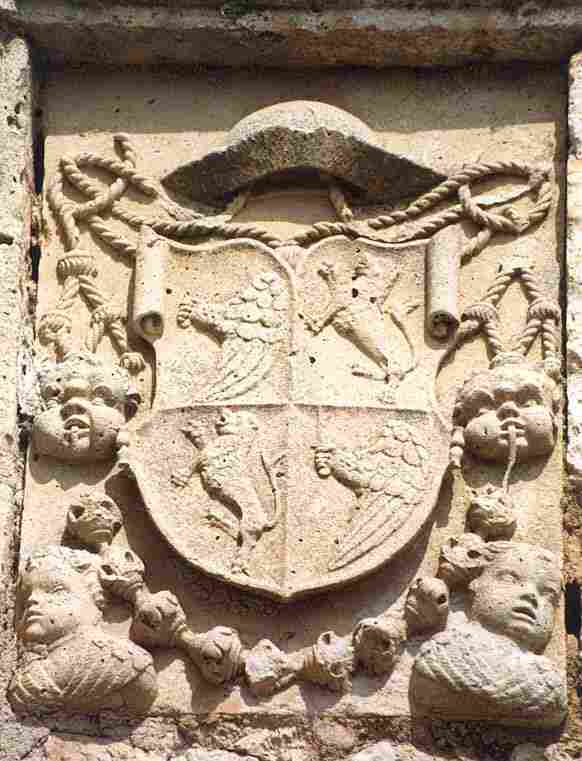History

|
History |
 |
| Tamariz is a very old village; but there are no
news of it until century XI. Its name is probably of berberisco origin (Tamariz
= Taray, shrub that grows in the borders of the rivers). Later it took the party of the Infants of Aragón against Pedro I of Castile and was residence of Aragonese queen Leonor with his children in year 1354. It says the oral tradition that this queen lodged in the building known as " the Palace ", that until recently was used as a grain warehouse. In the book of the Behetrías it is said that the village was property of Countesses Juana and Blanca, and that belonged to the "merindad" of Campos. Queen Juana Manuel, wife of Enrique II of Castile, had founded the Hospital of Villafranca Montes de Oca (in Burgos province). In 1380 she gave to the hospital the villages of Villafranca, Torrelobatón and Tamariz de Campos, as a manor. She put the solely condition that this came about at her death, because the queen would continue using it. In 1392 the "provisora" Beatriz Martínez gave Torrelobatón and Tamariz de Campos to Alfonso Enríquez, who gave in exchange the manor of Villaharta, in the diocese of Calahorra, and an annual right of perpetual ownership of 1000 florins on alcabalas of the city of Burgos. In the case of Tamariz, the organization of the council had her first development under the auspices of a manor, since from at least 1160 it belonged to the house of Lara. The repercussions of this early fact can be verified, for example, at fiscal level, because the village secularly paid two thirds of the "diezmos" to the manor. When in 1407 Salamón Maymón, renter of the royal thirds ("tercias reales") of the arciprestazgo of Castromocho asked for them in Tamariz, the council refused to the payment, presenting opportune writings and alluding to that the manor received - not only the traditional two ninth (2/9) parts that constituted the royal thirds but the 6/9 (the royal thirds are a rate that is extracted of the ecclesiastical "diezmo" and that mean the 2/9 of these habitually). According to a figure in a book of the Cathedral of Palencia in 1573 the Admiral perceives in all the places of his manor that belong to the bishop of Palencia the thirds, with the exception of Tamariz, where he receives the 6/9. The years of greater splendor happened when the temple of San Juan was built, in the first half of century XVI. |
Brotherhoods It existed in Tamariz up to 9 brotherhoods, that is to say:
|
Churches and hermitages Until the end of the last century existed two parishes, San Juan and San Pedro. From the first one there are only left some walls, the rest of a white stone tower and a Renaissance gate of jónico style. The temple of San Pedro has a romanic gate of century XII and in its inner there are baroque altarpieces.
|
Hospital It also existed in Tamariz, as in almost every village, a hospital of medieval origin, whose purpose was to give manutención and temporary lodging to the numerous poor men who moved of one to another population. It exists in the "Archivo Diocesano de Valladolid" an Account Book of this hospital that begins in 1601 and ends in 1784, in which it can be followed some of the ups and downs of this institution. |